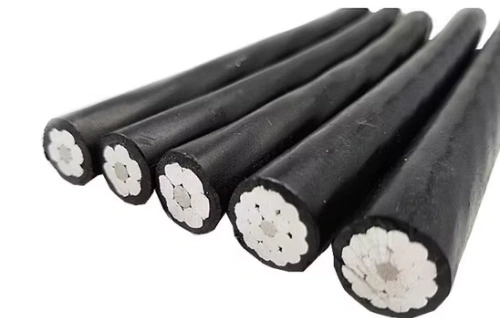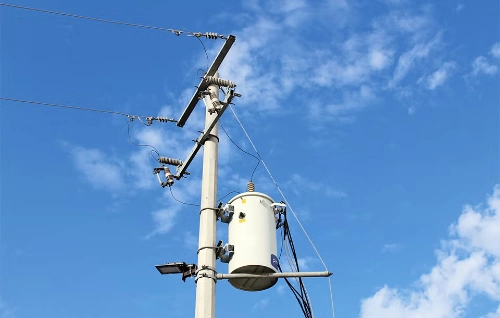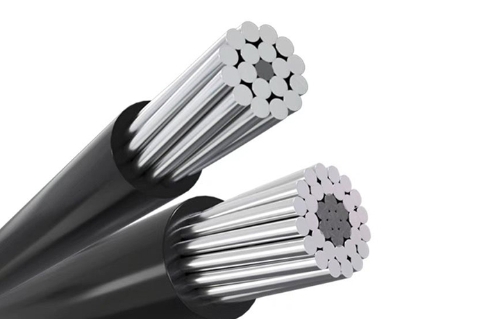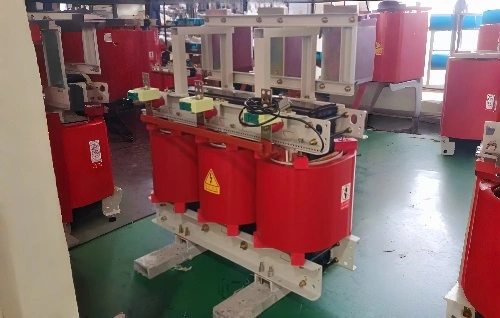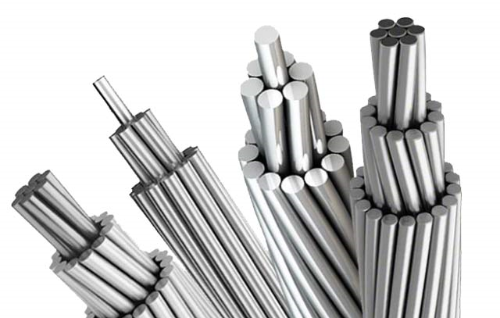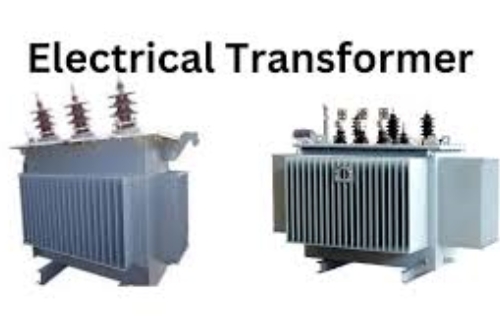Understanding Three Phase Triplex Overhead Distribution Transformers and Their Role in Power Systems
Electricity powers everything from residential homes to large-scale industry. Behind this invisible network lie numerous critical components that ensure stable and efficient energy delivery. Three-phase, triplex overhead distribution transformers play a key role in transmitting electricity from high-voltage transmission lines to the low-voltage systems used by consumers.
Basic product parameters:
-
GENERAL TECHNICAL INFORMATION
-
Power Range kVA: 3. 5, 10, 15, 25, 37, 50, 75, 100, 167, 250, 333, 500
-
Temperature Rise: 55°C or 65°C
-
Cooling type : ONAN, OA,
-
Frequency: 50Hz or 60Hz
-
Polarity : Additive or Subtractive
-
Primary Voltage : 2400V through 34500 GrdY / 19920V
-
Secondary Voltage : 120 / 240V, 240 / 480 V, 277V, 600V
-
Insulation Class : 2.4Kv~34.5kV (150kV BIL) and below
-
Taps: none, or as an option, 4 x 2,5% HV
-
HV Bushings: cover and sidewall mounted available
-
STANDARD FEATURES
-
−−Core and coils designed for an optimum Total Ownership Cost (TOC)
-
−−Wound core with step-lap joints for increased efficiency and lower noise levels
-
−−“Low-high-low” windings for increased short circuit strength, efficiency and thermal strength
-
−−“Low-high-low” windings for increased short circuit strength, efficiency and thermal strength
-
−−Computer aided design for mechanical & electrical calculations (C.A.D.)
-
−−Paint system meeting or exceeding the performance of the IEEE C57.12.28 Standard
-
−−Lifting lugs meeting all of the requirements of the CSA C2.1-06 and CSA C2.2-06 Standard
1. The Role of Distribution Transformers in Power Systems
A distribution transformer is the final stage in the electrical power delivery process. After electricity is generated at power plants and transmitted over high-voltage lines (typically 110 kV and above), it must be stepped down for safe consumer use.
This is where the overhead distribution transformer comes in — reducing high transmission voltages to usable levels (such as 11 kV, 400 V, or 230 V) while maintaining high efficiency and minimal energy loss.
In real-world applications, these transformers are often mounted on poles as part of overhead distribution systems, ensuring efficient delivery to homes, offices, and small industries.
2. What Is a Three Phase Triplex Transformer?
A three phase triplex transformer (also called a 3 phase transformer) is a type of overhead distribution transformer designed to manage three-phase electrical power — the standard form used in modern power systems.
Unlike single-phase units, a three phase transformer delivers balanced electrical power across three conductors, providing smoother operation for motors, equipment, and industrial loads.
The term triplex refers to its design configuration — three single-phase transformer cores assembled together, allowing them to function as a single three-phase unit. This modular structure provides both manufacturing flexibility and field servicing advantages.
3. Structural Design and Working Principle
In a three phase triplex overhead distribution transformer, each of the three transformer cores handles one phase of the alternating current (AC).
- Primary Winding: Connected to the high-voltage side of the distribution line.
- Secondary Winding: Delivers low-voltage power to consumers or local distribution systems.
- Core Material: Usually made of cold-rolled grain-oriented (CRGO) silicon steel for high magnetic efficiency.
- Cooling and Insulation: Most overhead transformers are oil-filled for thermal regulation, while modern designs also include dry-type insulation for safety and eco-friendly operation.
The transformer operates on Faraday’s law of electromagnetic induction, where alternating current in the primary winding induces a proportional voltage in the secondary winding. This allows safe voltage reduction without mechanical contact or energy loss through heat.
4. Applications of Three Phase Triplex Overhead Distribution Transformers
These transformers are essential in various overhead distribution networks, especially in medium- and low-voltage grids. Some common applications include:
- Urban and rural power distribution: Supplying electricity to residential and commercial areas through pole-mounted transformers.
- Industrial facilities: Providing three-phase power to motors, pumps, and machinery that require stable and balanced voltage.
- Renewable energy systems: Connecting solar or wind power outputs to existing grid systems by stepping voltage up or down as needed.
- Remote areas: Offering reliable 3 phase transformer performance even in harsh weather or limited infrastructure conditions.
Their triplex construction ensures redundancy and fault tolerance — if one phase is compromised, the remaining phases can often continue operation temporarily, minimizing outages.
5. Advantages of Three Phase Triplex Transformers
Modern three phase triplex transformers bring several technical and operational advantages to power utilities and industries:
- High Efficiency: Reduced core losses and copper losses, ensuring optimal energy utilization.
- Compact and Lightweight: Triplex design allows smaller footprint compared to three separate single-phase units.
- Improved Reliability: Balanced load distribution prevents overheating and extends service life.
- Ease of Installation: Pole-mounted overhead distribution transformers are easy to install, inspect, and maintain.
- Cost-Effective Operation: Long service life and low maintenance requirements reduce total ownership cost.
These features make them ideal for expanding and modernizing electrical grids, particularly in developing and high-demand regions.
6. High Voltage Considerations and Safety
Handling high voltage electricity requires robust insulation and protection. Overhead transformers face exposure to weather, humidity, dust, and mechanical stress.
To ensure safety and performance:
- Bushings are used for secure electrical connections and insulation.
- Surge arresters protect against lightning or transient overvoltages.
- Grounding systems prevent electric shock and equipment damage.
- Protective relays help detect faults early and isolate problem areas.
Modern overhead distribution transformers also integrate IoT-based monitoring systems, allowing real-time diagnostics of oil temperature, load current, and insulation condition. This digital transformation enhances reliability and reduces unexpected failures.
7. Future Trends in Distribution Transformers
As power grids evolve toward smart and sustainable energy systems, three phase triplex transformers are adapting with new technologies:
- Smart monitoring for predictive maintenance.
- Eco-friendly insulation oils (such as natural esters) replacing traditional mineral oil.
- High-efficiency amorphous cores to minimize no-load losses.
- Integration with renewable sources, enabling bidirectional power flow.
These innovations make Overhead Distribution Transformers key components in achieving greener, safer, and more resilient electrical networks.
The Three Phase Triplex Overhead Distribution Transformer is a cornerstone of modern electrical power systems, combining efficiency, reliability, and adaptability. From high-voltage transmission lines to everyday electrical outlets, it ensures that power flows safely and steadily to where it’s needed most.
With continuous improvements in design, materials, and digital monitoring, the future of distribution transformers lies in smarter, more sustainable technologies that meet the growing global demand for reliable energy.
In short, understanding how three phase transformers function and their role in overhead distribution helps us appreciate the complex yet efficient infrastructure that powers our modern world.



